- RESEARCH BRIEFINGS
Mars has had periods of potential habitability, seen in…
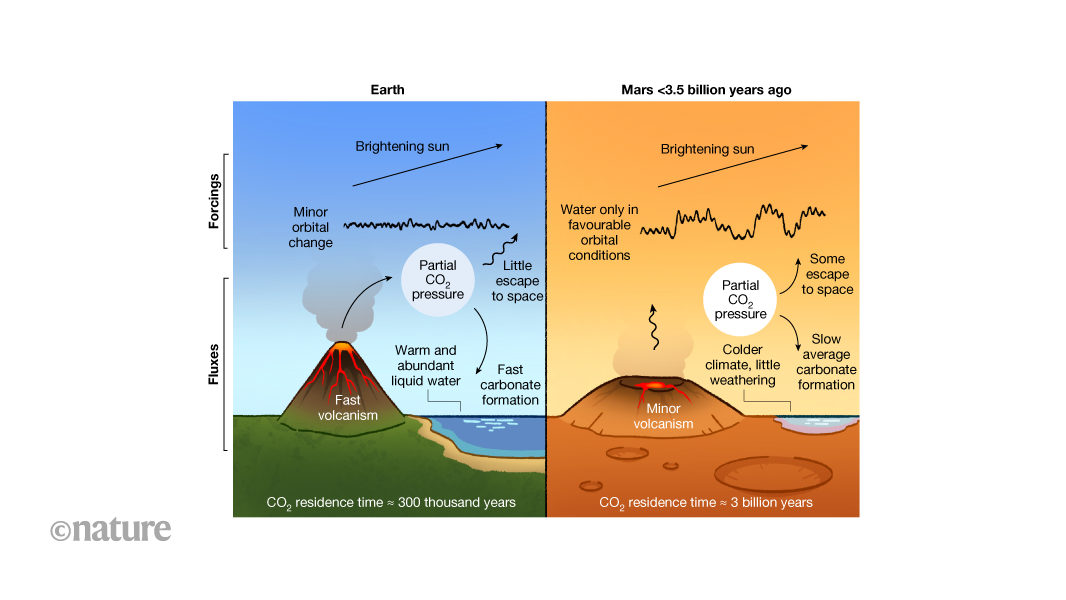
Mars has had periods of potential habitability, seen in…
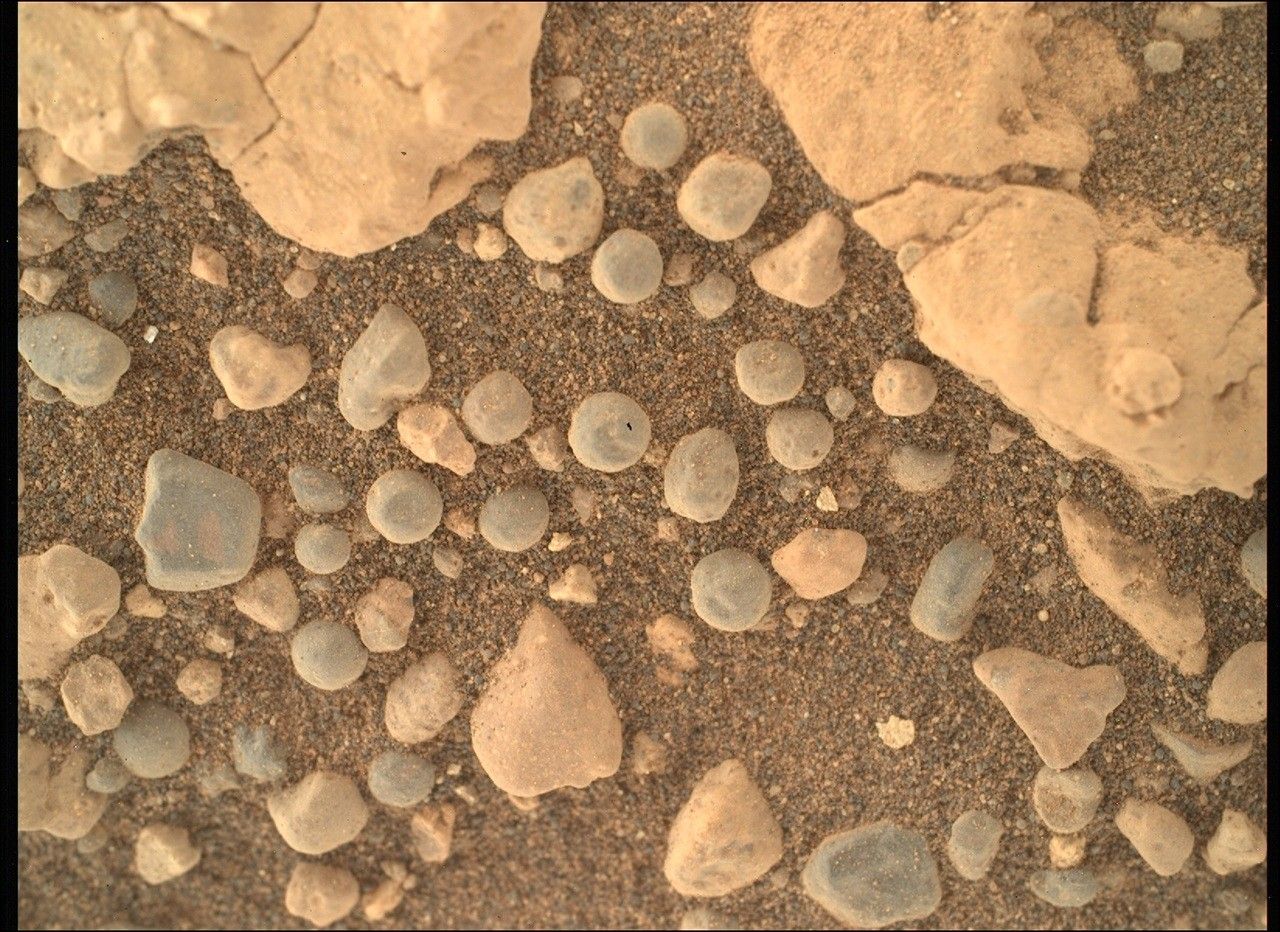
Written by Andrew Shumway, Postdoctoral Researcher at the University of Washington
It is not common for a rover to spot nearly perfect spheres in the soil beneath its wheels. Over two decades ago, the Opportunity rover famously…
The detection of circumstellar atomic hydrogen (H i) via the 21 cm line remains a persistent challenge in planetary nebula (PN) studies, primarily due to contamination from ubiquitous interstellar H i 21 cm emission. In this paper, we report the…
We present an analysis of CO rovibrational emission lines in the 183 infrared spectra of nearby Class II objects obtained with the NIRSPEC instrument on the Keck II telescope over the past two decades. The sample includes a broad range of stellar…
Measuring the properties of planets younger than about 50 Myr helps to test different planetary formation and evolution models. NASA’s Transiting Exoplanet Survey Satellite (TESS) has observed nearly the entire sky, including a wide range of…
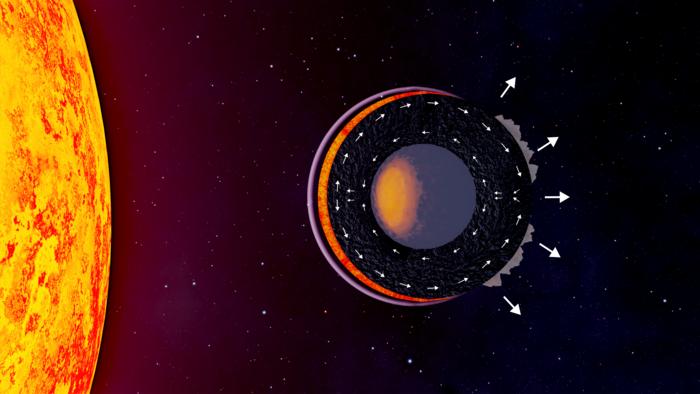
What can lava planets, rocky exoplanets that are tidally locked and orbit so close to their stars that the intense heat melts the surface, teach astronomers about planetary formation and evolution? This is…
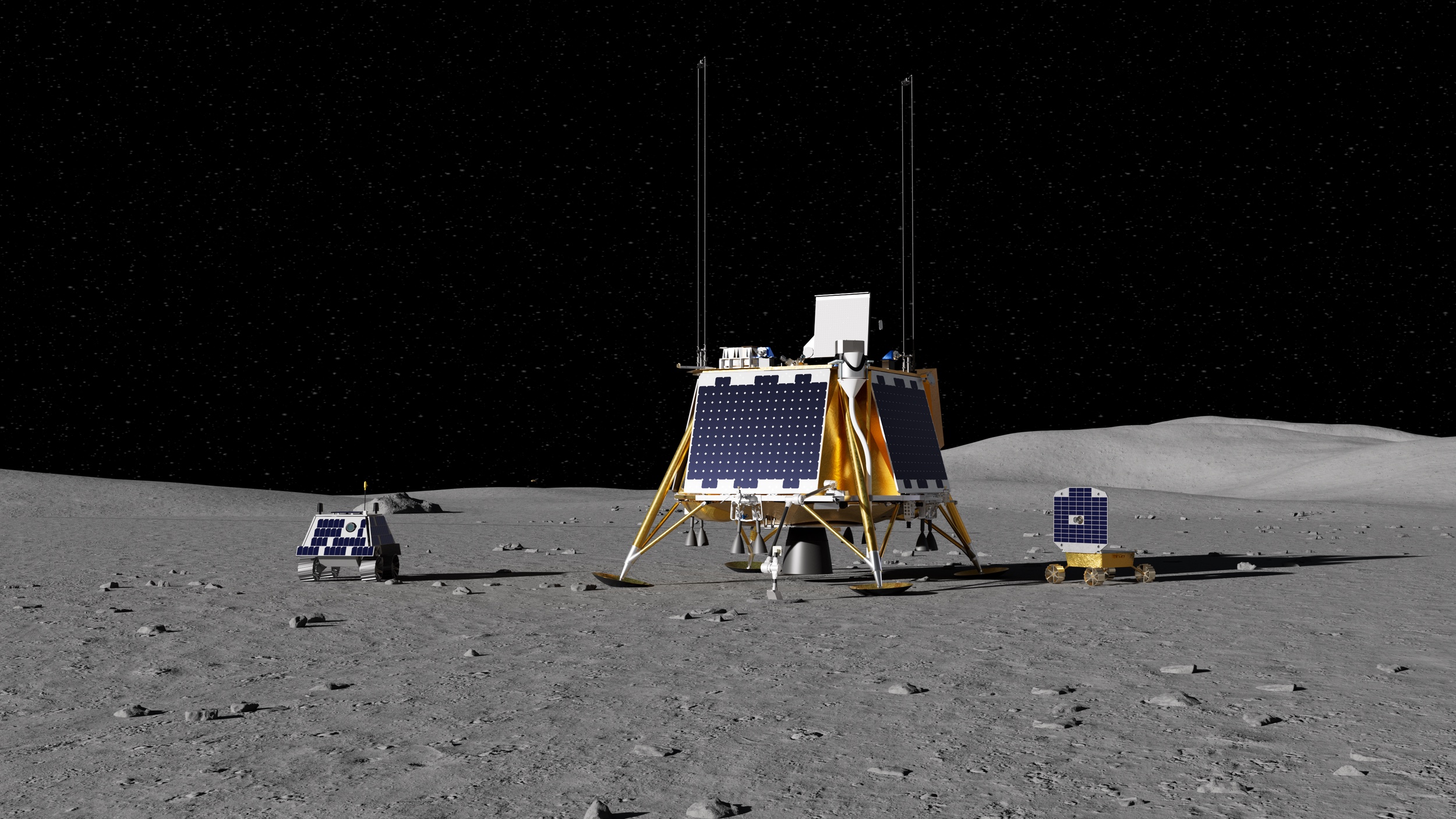
WASHINGTON — NASA has selected Firefly Aerospace for a fourth lunar lander mission, this one taking rovers and instruments to the south polar region of the moon.
Register now and get
3 free…
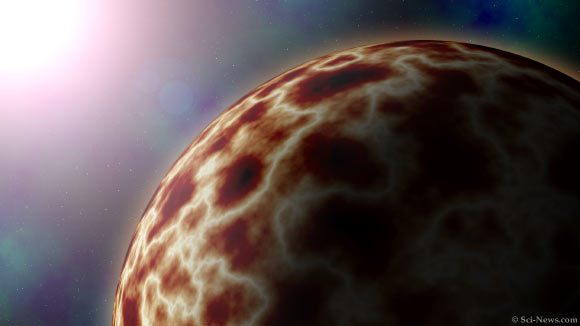
Lava planets are rocky exoplanets that orbit so close to their host star that their dayside is hot enough to melt silicate rock.
Boukaré et al. introduce a simple theoretical framework to describe the evolution of the coupled…
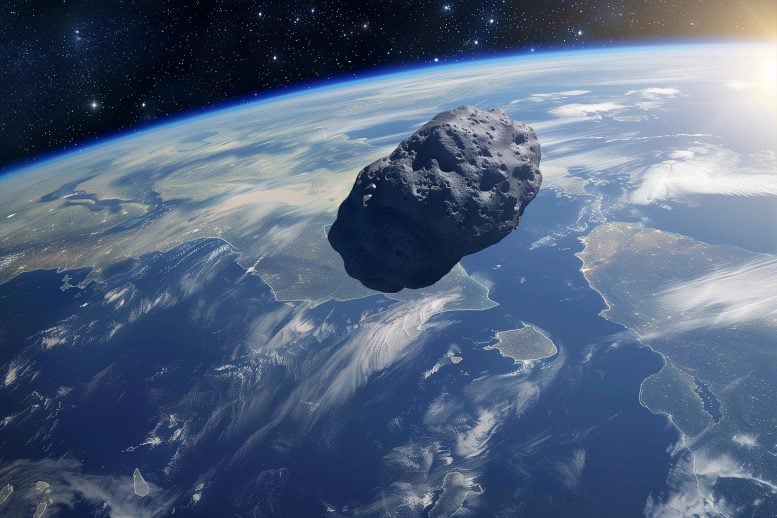
Although carbon-rich asteroids are common in space, they account for less than 5% of the meteorites that reach Earth. To unravel this mystery, an international team of scientists launched a global investigation. A global team of scientists may…
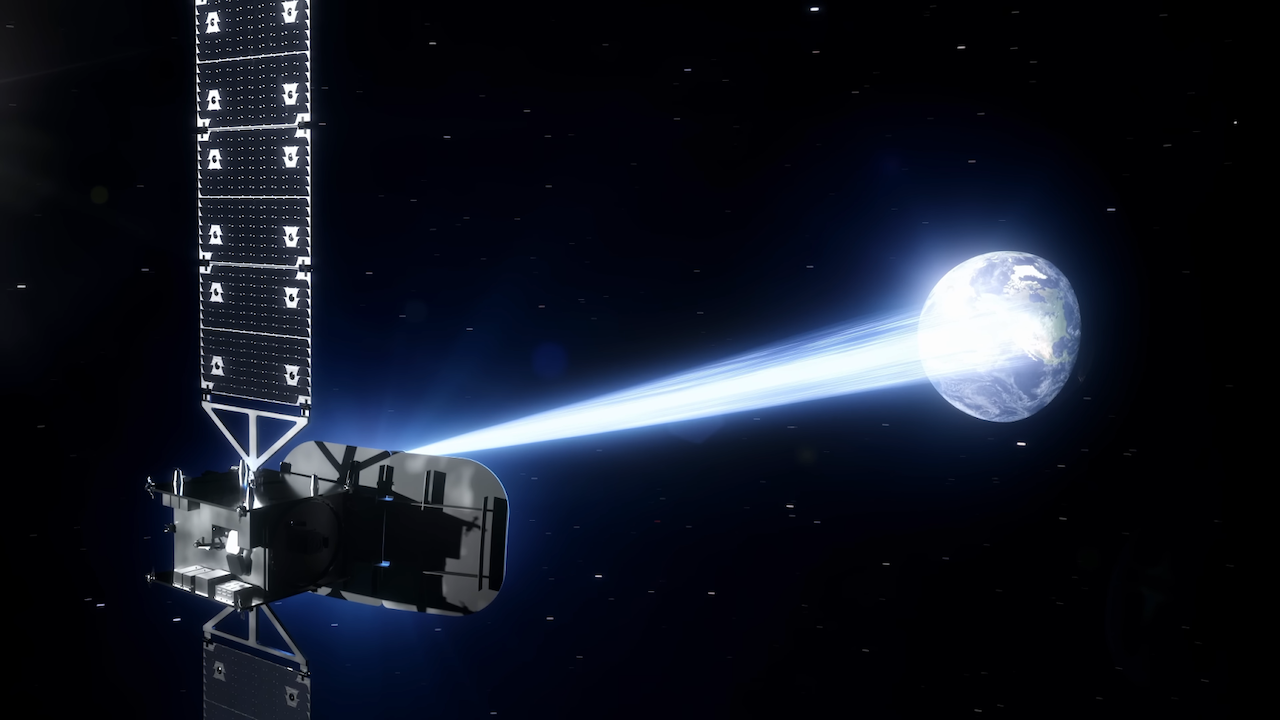
WASHINGTON — The U.S. Space Force has awarded contracts to five companies to develop satellite communications concepts for a new geostationary constellation, the service announced July 28.